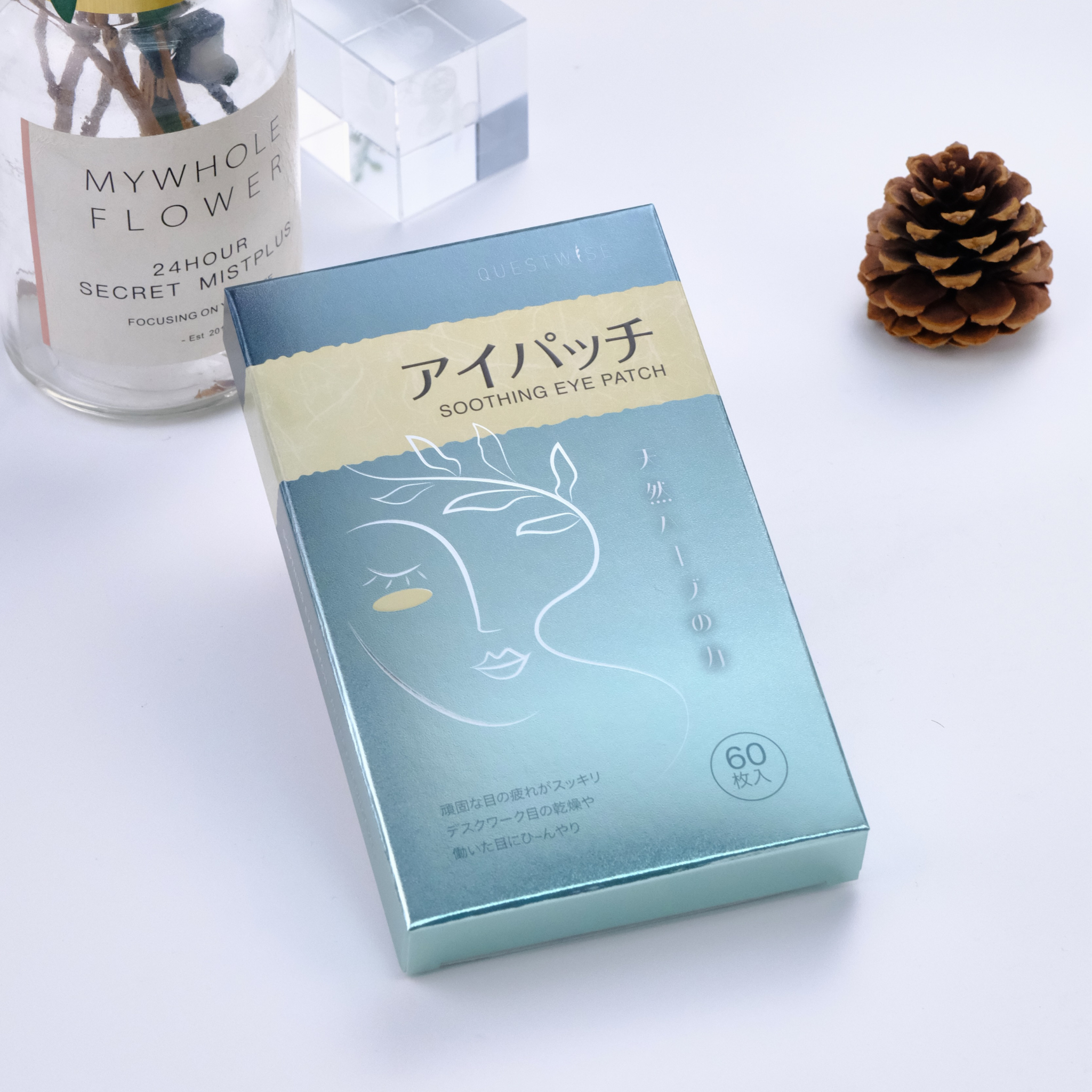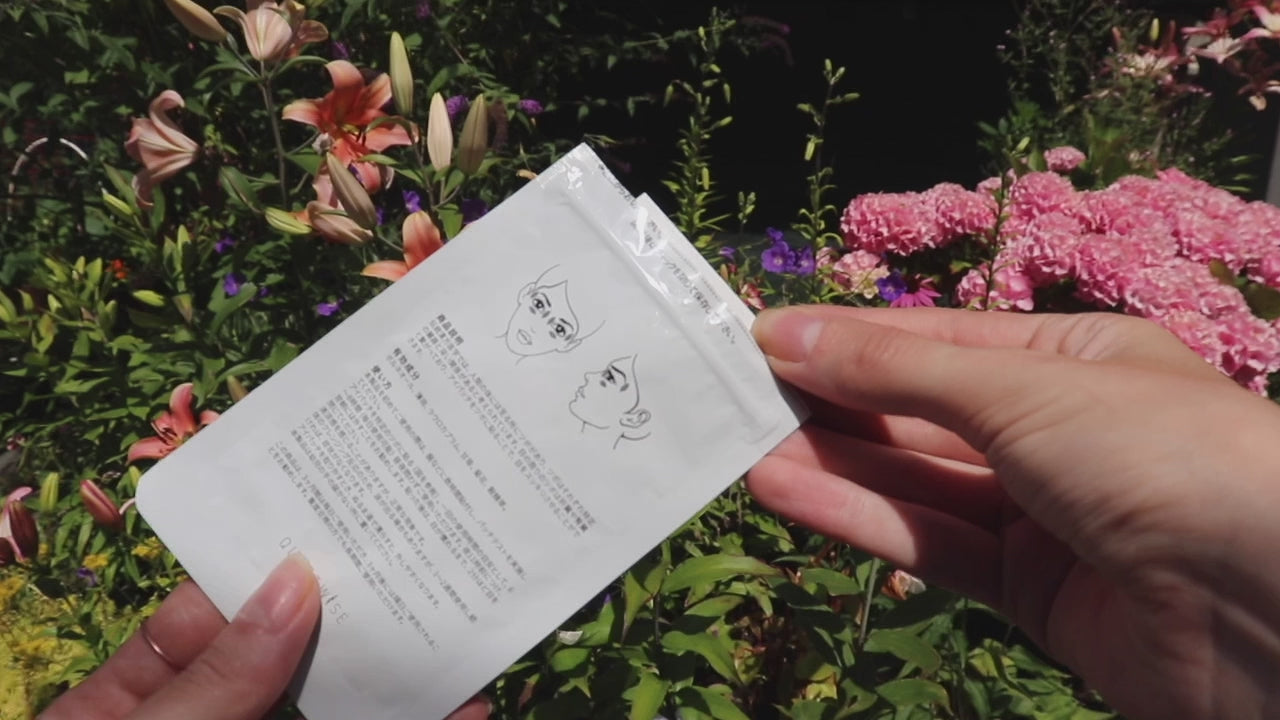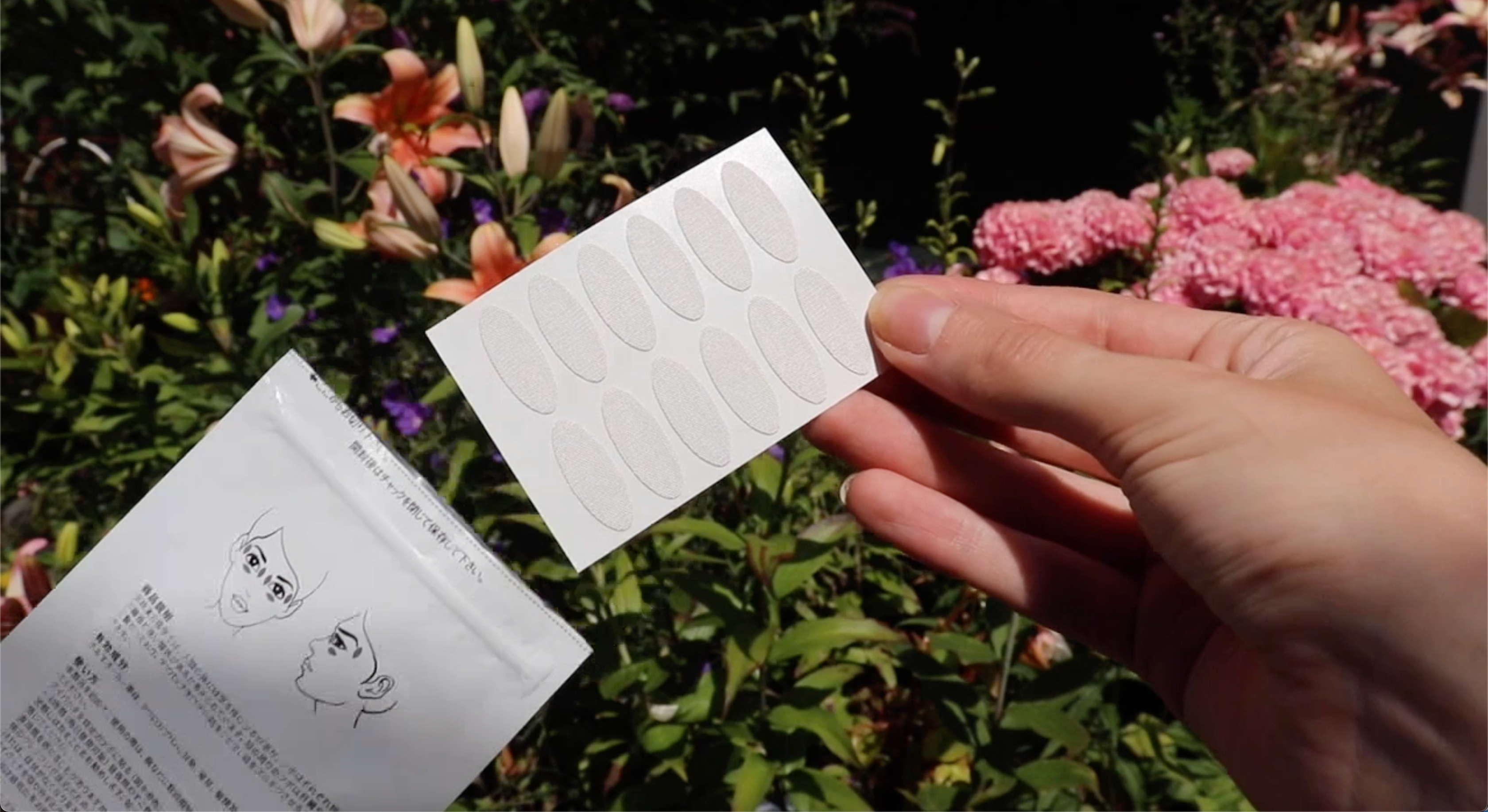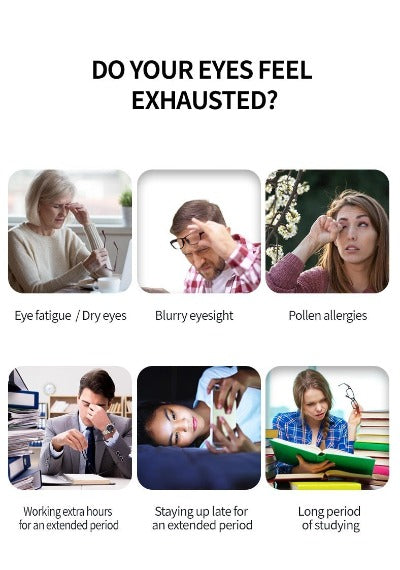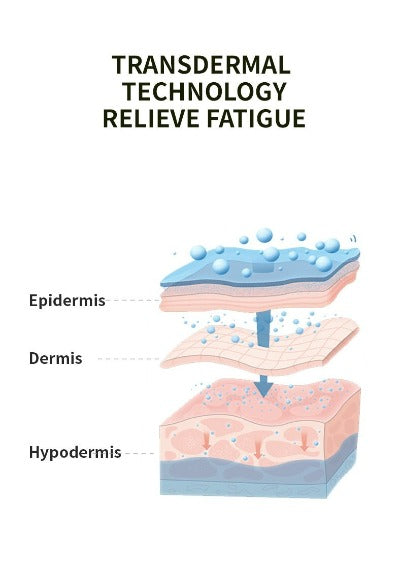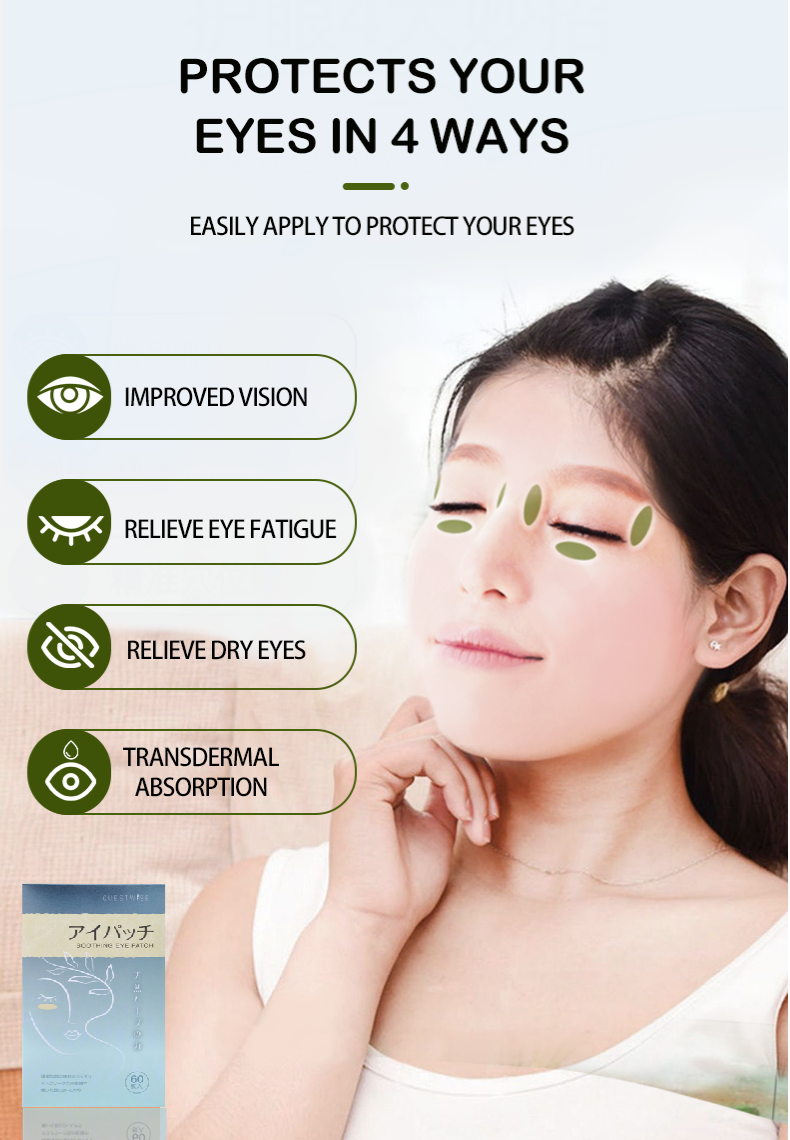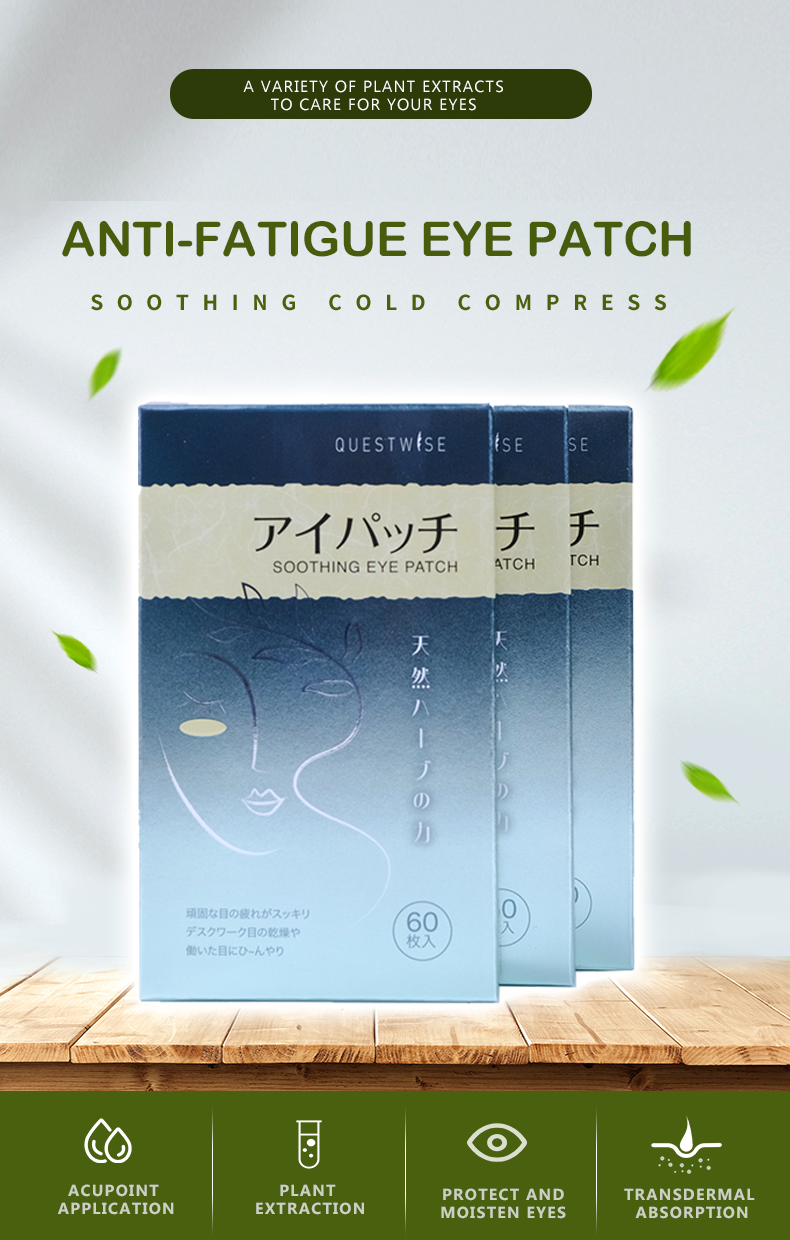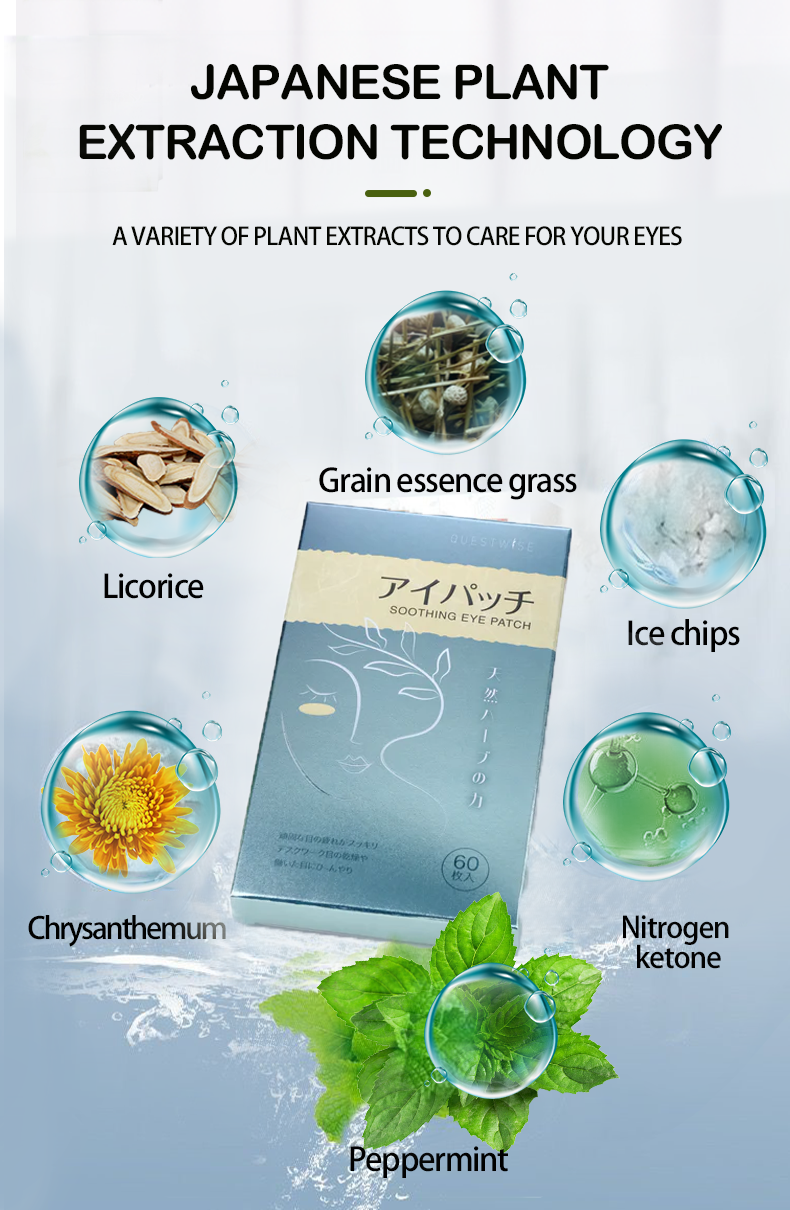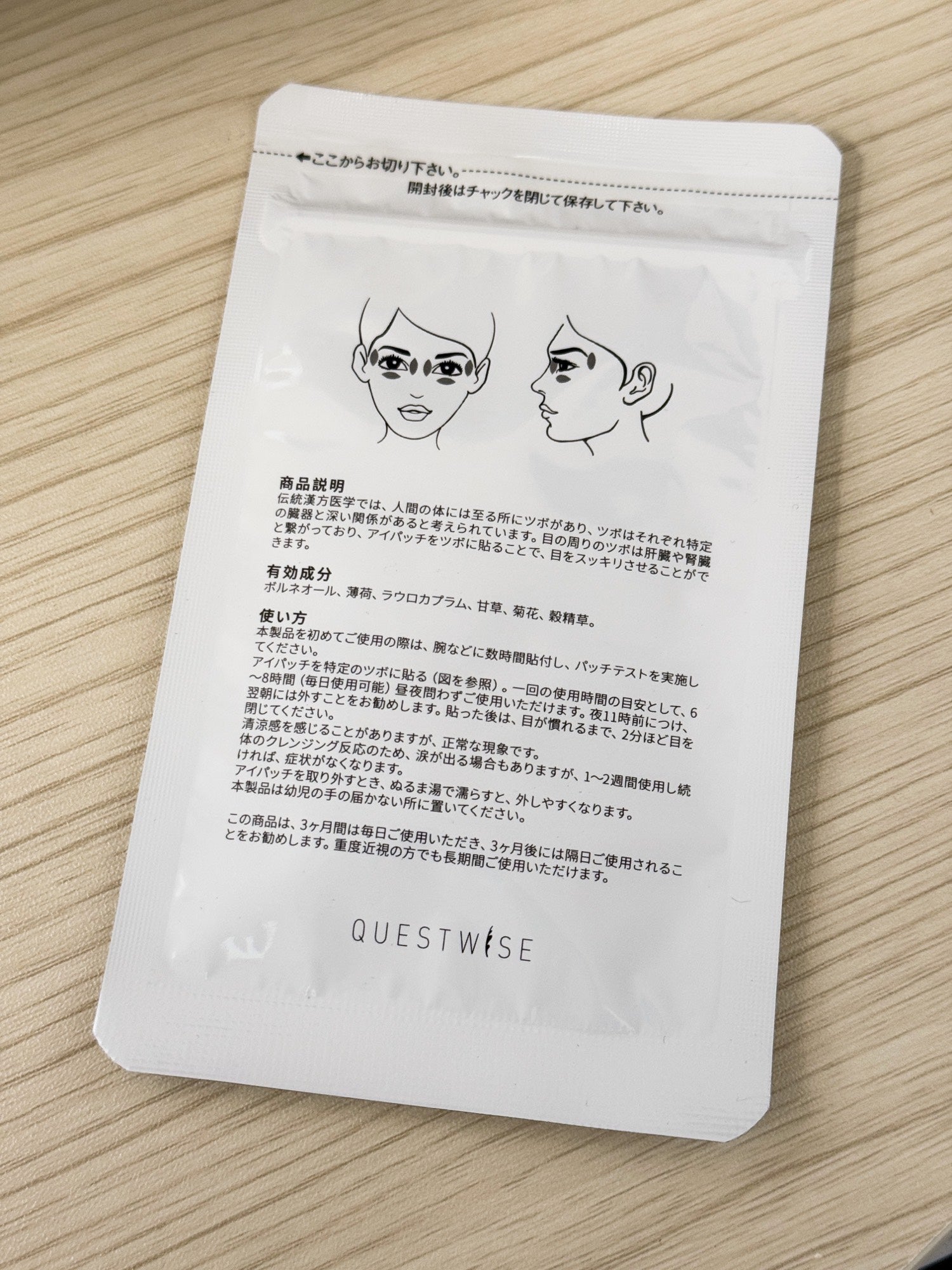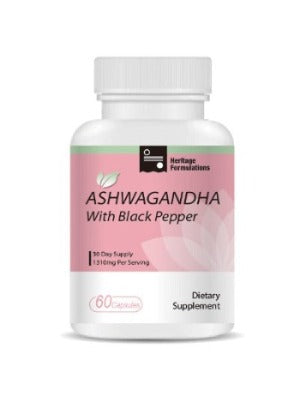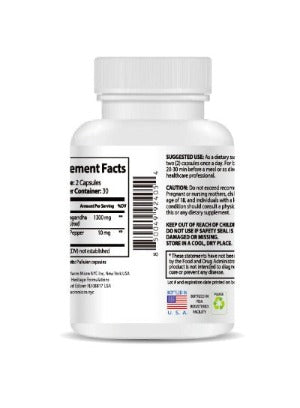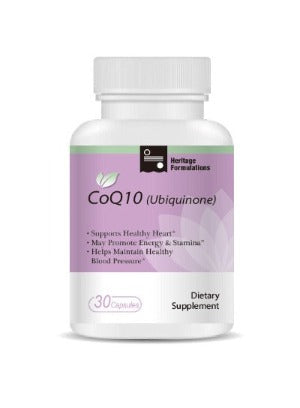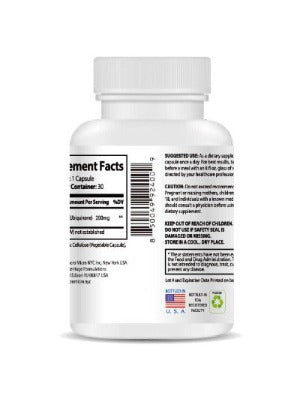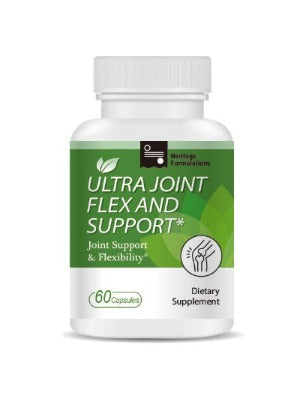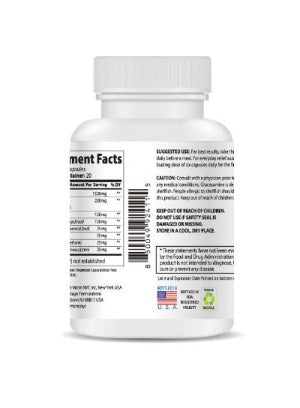Do your eyes feel gritty, burning, or tired at the end of the day? Do you feel a constant urge to rub them? For millions of people, this is the daily reality of dry eye syndrome. While the condition can be complex, requiring a professional diagnosis and tailored treatment plan, the good news is that you don't have to live with the discomfort. In fact, some of the most effective ways to find relief are simple, daily habits you can build into your routine without any special equipment.
Forget complicated procedures and confusing medical jargon. This article is all about giving you the power to take control of your dry eye symptoms. We'll break down a powerful, easy-to-remember routine that focuses on three simple steps you can do every single day to dramatically improve your eye comfort.
The Foundation: Understanding the Why Behind Your Discomfort
To understand why these three steps work so well, you need to know a little bit about what's happening on the surface of your eye. Your eyes are constantly covered by a thin layer of liquid called the tear film. This film is made of three essential layers:
-
The Mucous Layer: This layer helps the tears stick to the eye's surface.
-
The Watery Layer: This is the thickest layer that cleans the eye and provides moisture.
-
The Oily Layer: This is the outermost layer, produced by tiny glands in your eyelids called the Meibomian glands. Its most important job is to seal in the watery layer and prevent it from evaporating too quickly.
Most people with chronic dry eye have a problem with that final, oily layer. When the Meibomian glands get clogged or inflamed—a condition known as Meibomian Gland Dysfunction (MGD)—they can’t produce enough oil. Without that protective oily seal, the watery part of your tears evaporates almost instantly, leaving your eyes exposed, dry, and uncomfortable.
This is why the following three steps are so powerful. They directly address the root cause of MGD, which is the leading cause of dry eye.
Step 1: The Warm-Up - Apply a Warm Compress
This is the most critical first step, especially for those with MGD. Think of it as melting butter in a pan. The oils in your Meibomian glands are naturally thick, but when the glands are clogged, the oils can become even thicker, like a solid wax. Applying a warm compress is the best way to get those oils flowing again.
Why It Works:
The heat from the compress gently warms the eyelids, helping to soften and loosen the thickened, waxy oils that are blocking your Meibomian glands. This allows them to release the healthy oils your tears need to stay stable and hydrated.
How to Do It:
-
Get a clean washcloth and soak it in very warm (but not scalding hot) water. You want it to be comfortably hot on your skin.
-
Squeeze out the excess water so it's not dripping.
-
Close your eyes and place the warm, damp cloth over your eyelids.
-
Keep it on for at least 5 to 10 minutes. This is a great time to listen to a podcast, meditate, or just relax.
-
Re-soak the washcloth in warm water if it gets cold before the time is up.
For a more consistent heat source, you can also purchase a reusable gel eye mask that can be heated in the microwave. These are often more effective because they hold heat longer.
Step 2: The Cleanse - Practice Eyelid Hygiene
Once you've done your warm compress, you've successfully melted the oils and loosened debris that were clogging your glands. The next crucial step is to clean that gunk away so the glands can function properly. Without this step, the melted oils can simply re-harden and re-clog the glands.
Why It Works:
Eyelid hygiene, or "lid scrubs," removes the loosened oils, dead skin cells, and bacteria from the base of your eyelashes. This ensures the Meibomian gland openings are clear, allowing the newly melted oils to flow freely into your tear film. This step is also a great way to prevent an eye condition called blepharitis, which is a common cause of dry eye.
How to Do It:
-
After your warm compress, use a specialized eyelid scrub pad (available at most pharmacies) or a gentle, non-irritating cleanser.
-
Gently scrub the base of your eyelashes and along the lid margins using a clean finger or the scrub pad. You'll want to rub back and forth in a gentle motion.
-
Rinse your eyes with clean, cool water to remove any residue.
If you don't have a commercial scrub, you can also use a few drops of baby shampoo diluted with warm water on a cotton ball. The key is to be very gentle and not get soap directly into your eyes.
Step 3: The Moisturize - Replenish and Protect
Now that your glands are producing more oil and your eyelids are clean, you need to support your tears from the outside. Using lubricating eye drops is the final step in your daily routine to give your eyes the moisture and protection they need to stay comfortable.
Why It Works:
Lubricating eye drops (also known as artificial tears) mimic your natural tears, providing immediate relief from dryness. They fill in the gaps in your tear film and provide a smooth surface for your vision. This step is like applying a moisturizer to dry skin.
How to Do It:
-
Choose the right drops. If you plan on using drops more than four times a day, look for preservative-free options. Preservatives can cause irritation with frequent use.
-
Follow the directions on the bottle. Tilt your head back, pull down your lower lid, and gently squeeze a drop into the pocket of your eye.
-
Use drops proactively. Don't wait until your eyes feel dry and irritated. Use them as a preventative measure throughout the day, especially before you start a long session on your phone or computer.
Beyond drops, this step also involves protecting your eyes from your environment. Use a humidifier in your home or office, especially in dry winter months. Avoid sitting directly in front of fans or air conditioning vents, which can accelerate tear evaporation.
Beyond the 3 Steps: Simple Lifestyle Hacks
Once you've mastered the three-step routine, you can further improve your eye health with these easy lifestyle adjustments:
-
Practice the 20-20-20 Rule: If you spend a lot of time on screens, this rule is a game-changer. Every 20 minutes, look at something 20 feet away for at least 20 seconds. This simple act gives your focusing muscles a much-needed break and helps reset your natural blink rate, which is often reduced when we stare at screens.
-
Stay Hydrated: This may seem obvious, but your body needs water to produce tears. Drinking plenty of water throughout the day can have a positive impact on your tear film quality.
-
Support with Your Diet: Some studies suggest that Omega-3 fatty acids found in foods like salmon, walnuts, and flaxseed can help improve the quality of your tear film.
By making the three-step routine a consistent part of your day, you can get significant, lasting relief from dry eye discomfort. The key is consistency. Don't give up if you don't see results after a day or two. Stick with it, and you'll be on your way to more comfortable eyes.
5 Q&A for Users with Eye Discomfort
1. Q: How do I know if my dry eye is caused by MGD? A: MGD is the most common type of dry eye, so it's a good place to start. The key sign of MGD is often fluctuating vision—your sight is clear for a moment after a blink, but quickly becomes blurry. If you also have a gritty feeling, or your eyes feel better with a warm compress, there's a good chance MGD is the culprit. A proper diagnosis from an eye doctor will confirm this.
2. Q: Can I use tap water for my warm compresses? A: Yes, tap water is generally fine for a washcloth compress. Just make sure the water is clean. The most important thing is to use a clean washcloth each time to prevent bacteria from getting into your eyes. For best results and to maintain a consistent temperature, you might want to consider a microwaveable dry eye mask.
3. Q: I use eye drops, but my eyes still feel dry. Am I using the wrong kind? A: It's very possible. If your dry eye is caused by MGD, a basic watery eye drop won't stay on your eye long enough to make a difference because it evaporates so quickly. You may need a drop specifically designed for MGD, or a thicker gel drop. It's best to talk to an eye doctor who can recommend a drop that targets your specific dry eye type.
4. Q: How long will it take to feel relief from these steps? A: You may feel some immediate, temporary relief from the warm compress and drops. However, for a lasting improvement, you need to be consistent. It can take two to four weeks of daily use to see a noticeable, consistent improvement in your overall eye comfort. The goal is to get your Meibomian glands functioning better, and that takes time and consistency.
5. Q: When should I stop trying these hacks and see a doctor? A: You should see an eye doctor if your symptoms don't improve after a few weeks of consistent daily care, or if your symptoms are severe, include a lot of pain, or are affecting your vision significantly. These easy hacks are a great first step, but they are not a substitute for a professional diagnosis and a tailored treatment plan from an eye care expert.


